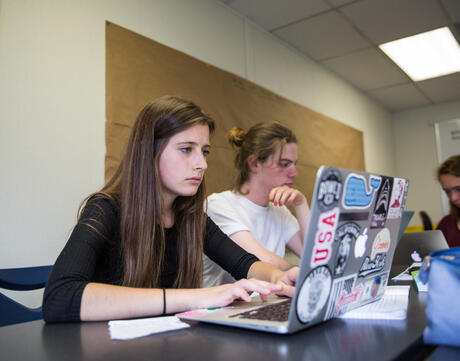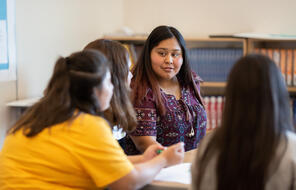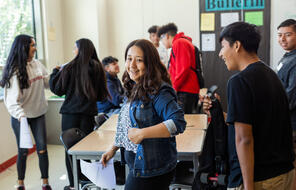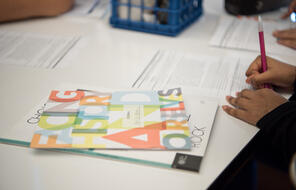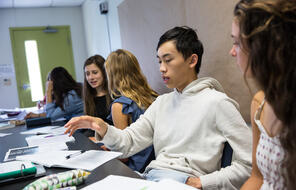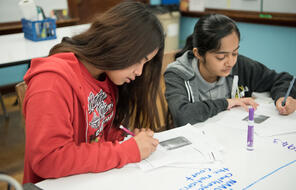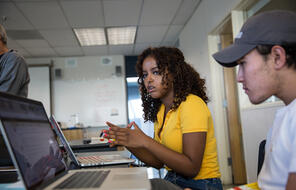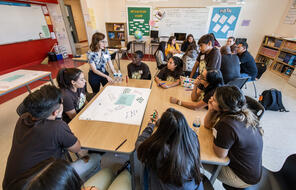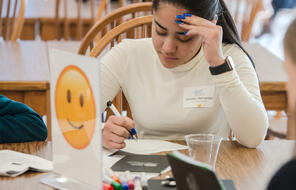Overview
What Is Chunking?
The chunking reading strategy involves breaking down a difficult text into more manageable pieces and having students rewrite these “chunks” in their own words. You can use this strategy with challenging texts of any length. Chunking helps students identify key words and ideas, develops their ability to paraphrase, and makes it easier for them to organize and synthesize information.
Instructions
How to Use the Chunking Method
Variations of the Chunking Technique
Unlimited Access to Learning. More Added Every Month.
Facing History & Ourselves is designed for educators who want to help students explore identity, think critically, grow emotionally, act ethically, and participate in civic life. It’s hard work, so we’ve developed some go-to professional learning opportunities to help you along the way.
Exploring ELA Text Selection with Julia Torres
On-Demand

Working for Justice, Equity and Civic Agency in Our Schools: A Conversation with Clint Smith
On-Demand

Centering Student Voices to Build Community and Agency
On-Demand


